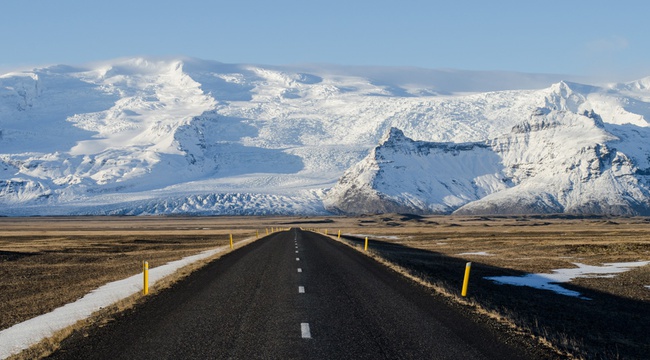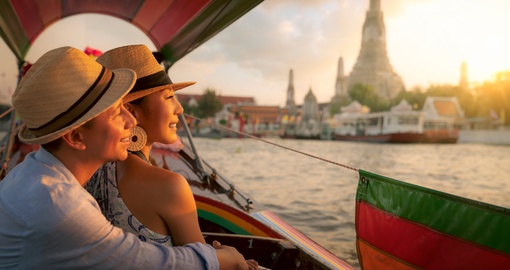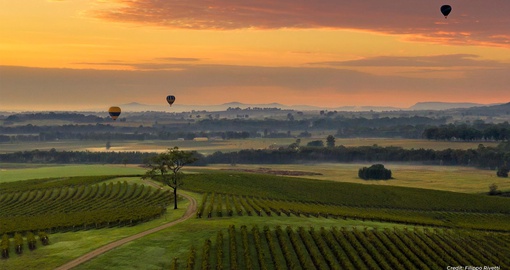As the world emerges from the global pandemic and globetrotters begin to once again set their sights on travel, self-drive vacations are going to be more popular than ever. Few vacation styles fit the current moment quite like a self-drive.
For one, self-drives allow you to travel at your own pace and to construct a unique itinerary tailored to your personal interests. They also let you physically distance while en route to interesting sites and landmarks, which is something of a necessity these days. While there are many countries that offer great self-drive opportunities, there’s perhaps no place more fascinating, scenic, and well-equipped to serve up outstanding self-drive vacations than Iceland.
In the interests of helping you to plan for your post-pandemic vacation, we’re breaking down the ins and outs of an Icelandic self-drive. This includes the usual routes, popular landmarks, and hidden gems to find during a self-drive journey.
What are the highlights of an Icelandic Self-Drive?
Reykjavik and the Reykjanes Peninsula
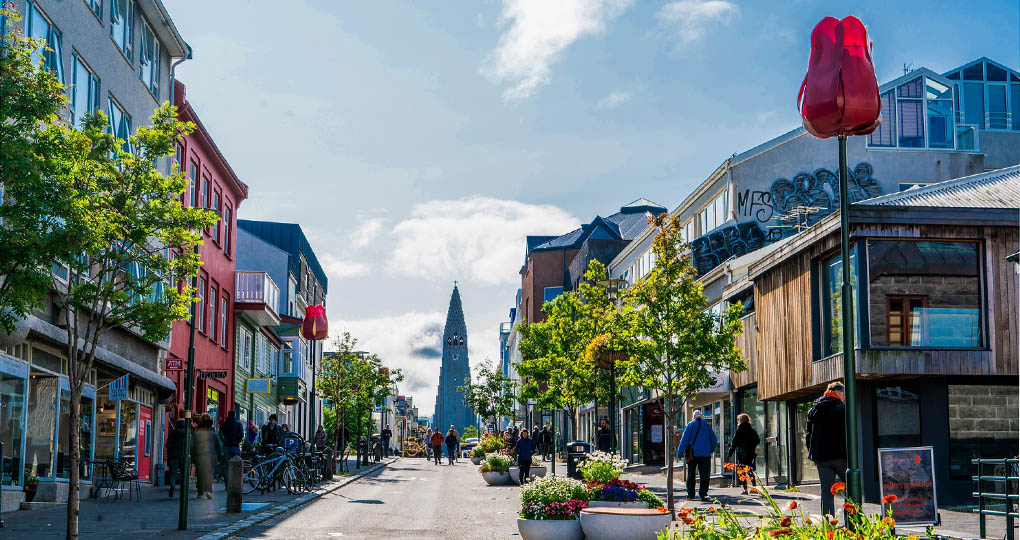
Although Iceland’s international airport is colloquially called Reykjavik Airport, it’s actually located in Keflavik, about a 20-minute drive from Reykjavik on the Reykjanes Peninsula. At the airport you’ll pick up your car and make your way to Reyjavik along Highway 41. However, you can also turn south on the 43 and make your way to the Blue Lagoon, which is one of the most famous spas in the world and arguably Iceland’s premier tourist attraction. The waters of the Blue Lagoon run a milky blue, which is a result of the high levels of silica in the water. The temperature sits between 37°C–39°C, so it’s always warm. Most travellers visit the Blue Lagoon upon arrival or right before boarding their return flight. It’s a good way to unwind after your flight or cap off your entire trip. For a more intimate and exclusive experience, consider visiting (or staying at) The Retreat at Blue Lagoon, a 5-star spa and hotel that is second-to-none on the island.
There are a few other spots along the Reykjanes Peninsula that are worth exploring en route to Reykjavik. If you’ve been following the news, you’ve likely heard of the eruption at Fagradalsfjall, a volcano around 40km from Reykjavik on the Reykjanes Peninsula. The eruption hasn’t caused much damage, but has resulted in the steady flow of lava that may continue for the foreseeable future. Locals have flocked to the spot to watch the lava flow, and odds are the volcano is going to become an attraction for travellers if the rates of the flow continue at their slow and steady (and safe) pace. You may want to swing south along Highway 427 to visit the flow for yourself.
Whether or not you visit the Blue Lagoon or head by Fagradalsfjall, you’ll reach Reykjavik, the Icelandic capital and the most northerly capital in the world. Reykjavik is small by international standards, with a population of just over 130,000, but it packs quite the cultural punch. You’ll want to spend at least a night in Reykjavik to go out on the town and appreciate its surprisingly cosmopolitan atmosphere.
Book a spot at a popular restaurant like Dill, which is the only Michelin-starred restaurant in the country, or go the simple route and enjoy some fish and chips at harbour-side hideaways or visit Baejarins Beztu Pylsur, the most popular hotdog stand in the country—Icelanders love their hotdogs. There are good museums, such as the National Museum of Iceland, which has an excellent exhibition on the island’s settlement in the ninth and tenth centuries, and the Saga Museum, which brings stories of the past to life with elaborate dioramas and costumes. There are also more unique spots like the Perlan, which explores the island’s natural environment in refashioned water tanks, or FlyOver Iceland, which takes you on a virtual journey across the island while you’re suspended above a moving screen.
As you can see, there’s plenty to do in this walkable and friendly capital. Iceland’s nature will always be its main highlight, but the capital is one you’ll remember.
The Golden Circle
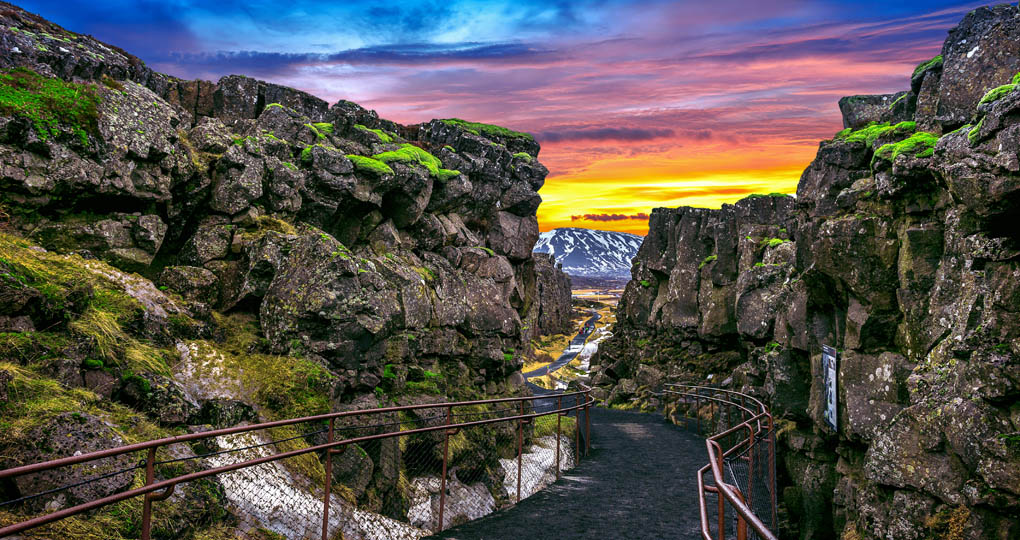
The Golden Circle is the name given to the most popular tourist circuit in the country, which takes you alongside waterfalls, geysers, and fascinating rock formations located just to the east of Reykjavik. Many travellers book bus tours that see all the sights in a day. Luckily, with a car, you can go at your own pace and visit all the best spots, whether popular or often overlooked.
Heading east from Reykjavik, first stop is Thingvellir National Park, where the tectonic plates of Eurasia and North America meet, resulting in a landscape of jagged clefts of rocks jutting out of the earth. Thingvellir was the home of the first parliament in Iceland and today is a beautiful natural landmark, where you can walk down into the valley below the rocks and even go scuba diving in the stunningly clear and clean waters between the tectonic plates. There’s also a nice hidden waterfall up in the rocks, Oxarafoss, which offers a good spot for photos.
Continue past Thingvellir and you’ll reach the Geysir Geothermal Area, where bubbling mud pools and massive geysers define the landscape. The Great Geysir gives the area its name and is the original geyser—the word “geyser” comes from its name. Unfortunately, it’s not known to erupt much these days. Luckily, nearby Strokkur erupts every 10 minutes or so, often shooting boiling water 20m into the air. Bring your camera and stay behind the rope to keep safe and dry.
Another short drive from Geysir and you’ll reach Gullfoss, the Golden Waterfall, so named because the light in the spring and fall gives the coursing waters a golden sheen. Gullfoss is massive and loud—you’ll hear it while on the road driving to and from this popular landmark. There are two lookouts over the falls, one that takes you along the upper cliff for a panoramic view of the two sets of falls, or the lower path that takes you right up onto the rock next to the falls. Depending on the season, the rocky outlook on the lower path can be flooded, so it may not be available. Regardless, Gullfoss offers a site like few other waterfalls on the planet.
There are a few spots in the Golden Circle that lie off the typical tourist route. One of them is the Hot Springs at Laugarvatn, which is found between Thingveller and Geysir, and which offers nice walking trails as well as hot springs that have been around for hundreds of years. Perhaps even more intriguing is the Secret Lagoon near the village of Fluthir. The geothermal waters here sit between 38°C–40°C, and the location to the south of Gullfoss makes it less popular than the Blue Lagoon and something of a hidden gem. The nice thing about a self-drive is that you can always take the road less travelled to reach those spots you can have all to yourself.
The South Shore
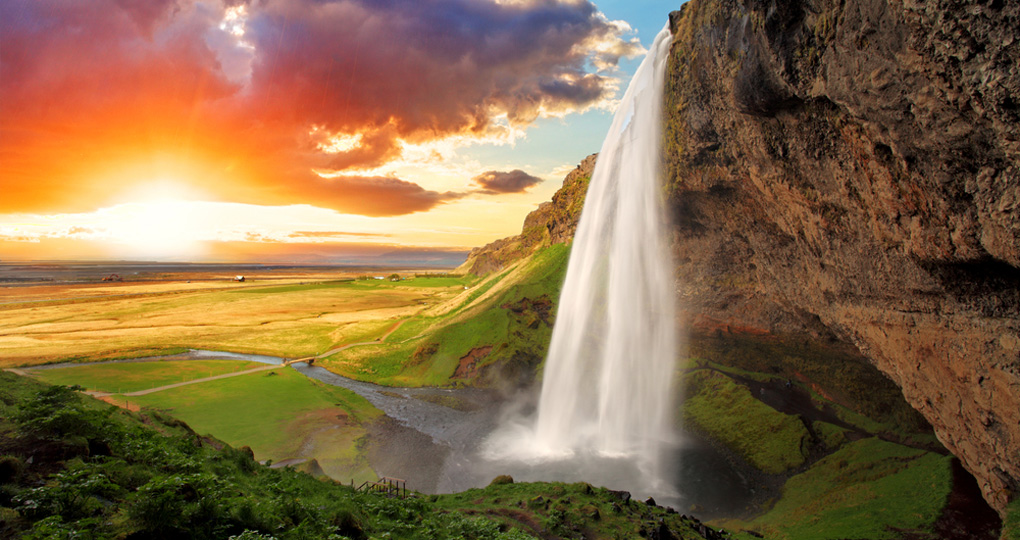
If you head south of the Golden Circle and pass through the town of Sellfoss, which acts somewhat like a checkstop along the South Shore, you’ll get back on Highway 1 or the Ring Road and pass into a landscape defined by mountains, waterfalls, and black sand beaches. Heading west, first you’ll hit Seljalandsfoss, perhaps the prettiest waterfall in the nation, which pours off the mountain slopes and into a small pool in front of a cave. The nice thing with Seljalandsfoss is that you can walk behind the waterfall to enjoy the views of the waterfall and the landscape from inside the cave. The secret waterfall of Gljufrafoss also lies a short walk to the north. You have to head into a rift in the cliff wall itself to reach the waterfall, and may get a bit wet, but it’s totally worth it for the magical experience.
Continue along the Ring Road to hit Skogafoss, a massive waterfall known for its sheer 60m drop and its appearance in movies and TV shows like Game of Thrones—it’s in the premiere of the final season and has some dragons in front of it in the snow. The secret waterfall of Kvernufoss sits on a trail just to the east of Skogafoss and is hardly ever visited, so it’s worth a trip as well. Both of these waterfalls sit in the shadow of Eyjafjallajokull, the volcano that erupted and disrupted air travel in 2010. There are hiking trails that go alongside Eyjafjallajokull and into the Thjorsardalur Valley, but even when seen from a distance, the mountain and its glaciers offer quite the view.
Just past Skogafoss, you’ll reach a crossroads. To the north lies Solheimajokull, a glacier that you can explore on a guided hike, or simply stroll up to the face of the glacier for photos. To the south is the Solheimasandur Plane Wreck, a black sand beach that has a plane wreck that you can explore. Understandably, it’s a popular spot for Instagram photos. Not too far to the east lies Reynisfjara Beach, the most famous black sand beach in the country. It’s a popular filming location and a stark vision of beauty, with its jet-black sand, and organ-like columns along the rock wall. Here—as any Icelander will tell you—please stay away from the waves; they are dangerous and can really sneak up on you, so keep your distance from the water.
Continue east for a few hours and you’ll reach Vatnajokull National Park, the home of the Vatnajokull Glacier, the largest ice cap in Europe, and the largest in the world if you don’t count the polar ice caps. You can hike on the glacier during the summer, or explore ice caves in the winter. You should also visit Jokulsarlon, the Glacier Lagoon, where icebergs calve off the glacier and float into the waters, creating the image of a lake filled with floating pieces of glass sculptures. Aptly-named Diamond Beach, it is truly one of the most beautiful spots in the entire country.
The Diamond Circle
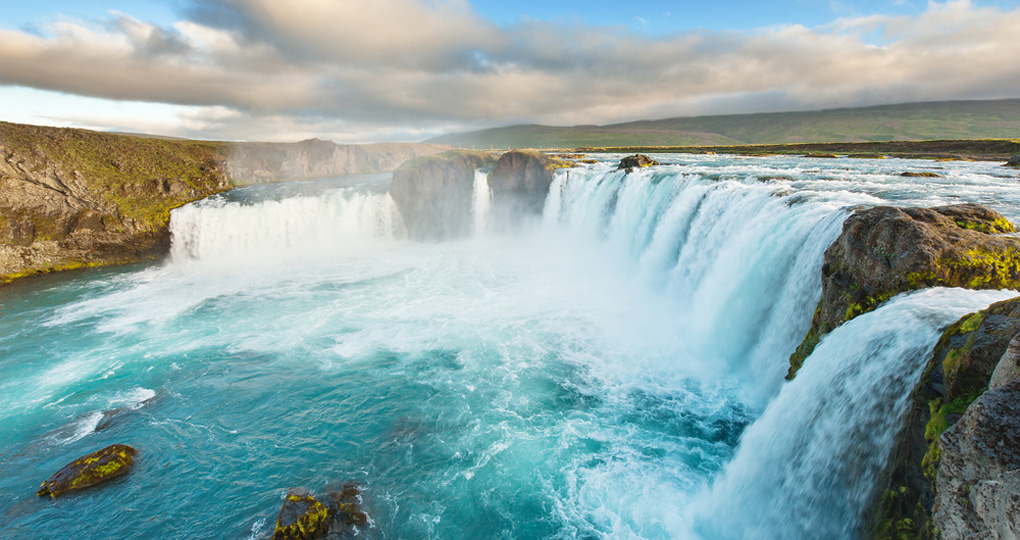
Once you reach the north circuit of the Ring Road and start heading back east, you’ve entered the Diamond Circle, which encompasses several mighty waterfalls, hot springs, and whaling towns. First stop is Godafoss, known for its exceptionally wide falls, before you reach the landscape of Lake Myvatn. The area is popular for filming—you may notice spots from Interstellar or Game of Thrones if you visit in the winter—but it’s also a great spot to soak in hot springs, produced by the geothermal activity of the area. Onwards is Dettifoss, the most powerful waterfall in all of Europe. The 44m-high waterfall produces greater speeds and force than other waterfalls in the country, making it sound like perhaps the greatest engine in the world. Last stop on the Diamond Circle is Husavik, which you may recognize if you watched the Will Ferrell and Rachel McAdams film, Eurovision Song Contest: The Story of Fire Saga. This coastal town is known as the whale-watching capital of Iceland, so it’s the best spot to book a tour onto the water to see migrating humpbacks and other marine animals.
In North Iceland you’ll also find Akureyri, the second-largest city in the country and popularly known as Iceland’s northern capital. It offers a good base to explore the area as well as several good restaurants. If you happen to visit in winter, North Iceland offers you a great opportunity to witness the Northern Lights, which are brighter the more distant you are from urban areas. Conversely, if you visit in the summer, you’ll witness the Midnight Sun, when the sun never fully sets and Iceland is transformed into a landscape of constant light.
Snaefellsnes Peninsula and the Northwest
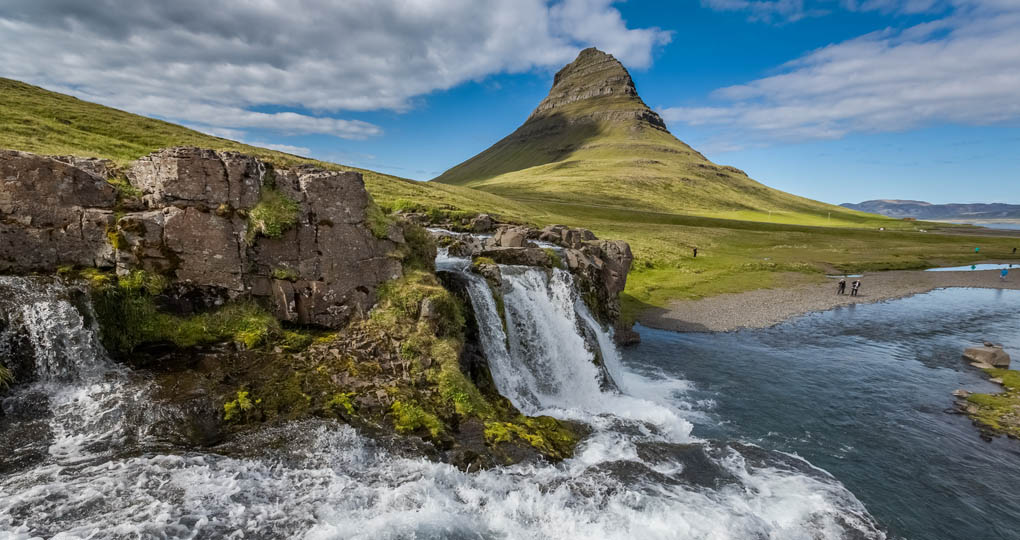
As the Ring Road takes you back into the country’s northwest, you’ll have the chance to head into the West Fjords, perhaps the least-travelled part of the country. Even if you don’t have several days to explore the West Fjords, take a day to circuit Snaefellsnes, a horizontally-long peninsula to the northwest of Reykjavik that captures Iceland in miniature. The fishing town of Stykkisholmur is the largest centre on the peninsula and a good place to spend the night.
Snaefellsnes is easily drivable within one day and has well-maintained roads, so you don’t have to worry about uncomfortable offroading. To the west of Stykkisholumur, you’ll reach Kirkjufell, the most picturesque mountain in the nation. When framed along with Kirkjufellsfoss, the waterfall that lies directly to its south, the mountain is arguably the most photographed spot in the country. Continue along Highway 54 and turn onto 574 to reach Snaefellsjokull, the large snow-capped volcano that sits on the peninsula’s western edge and gives it its name. You can hike the glacier during the summer months or simply enjoy the view and think about whether it truly is the entrance to the centre of the earth as Jules Verne envisioned (spoiler: it isn’t.)
Continue south and you can stop off at the black sand beach, Djupalonssandur. Keep on the road turning back east and you’ll reach several landmarks worth checking out, including the coastal seagate near Arnarstapi, the iconic blackchurch Buthakirjka, the beach of Ytri Tunga, where you can spot napping seals, and the rock columns of the Gerthuberg Cliffs.
Once you leave the peninsula and head back on the Ring Road going south to Reykjavik, there are a few other spots worth checking out. The town of Borgarnes, right on the Borgarfjordur, is a good base to explore the area. History buffs may want to visit the tiny village of Reykholt, the home of Snorri Sturluson, a 13th-century scholar who wrote several of the Sagas, or Eiriksstathir, the home of Erik the Red and his son, Leif Erikson, who was the first European to reach North America. Others will want to take the drive to the waterfalls of Hraunfossar and Barnafossar. If you really want to get out into the wild, you can head to the waterfall of Gymur, which is the second-tallest waterfall in Iceland, but requires several hours of hiking to reach. It’s worth it if you have the time.
It’s a short drive from Borgarnes to Reykjavik, and then another half hour back to the airport, so whether you dawdle on the open road to discover a few last gems, or make haste to the airport to return the car and check in for your flight, the road will accommodate. Iceland is such a convenient country to drive through with a multitude of spots to explore seemingly every few minutes. Few, if any, countries offer a better demonstration of the freedom and possibility of a self-drive vacation.
3 May 2021, 3:43 p.m.



